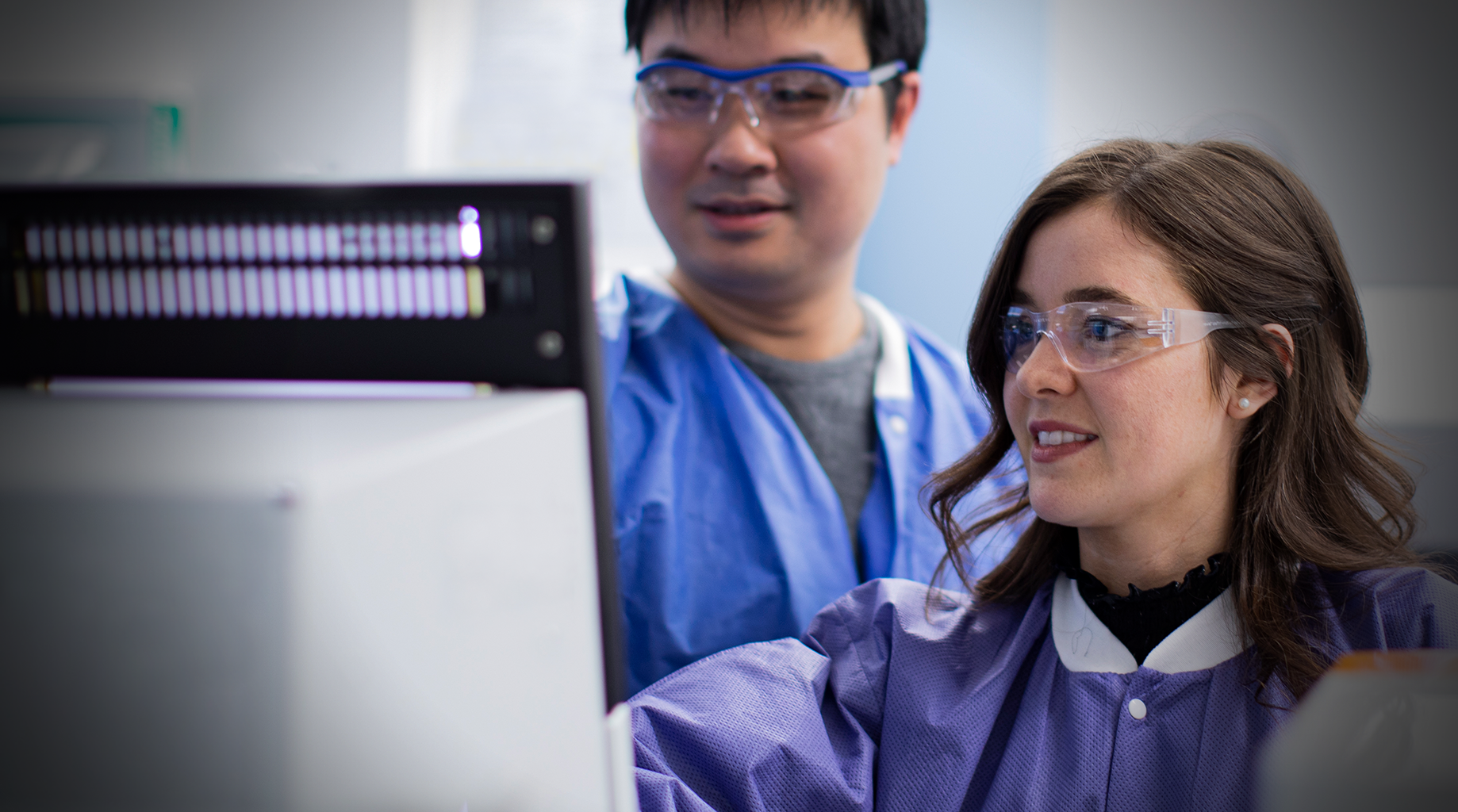

Newport notes that physical exercise and meditation can help when trying to work out concepts, as they increase focus and attention. Your deep work time doesn’t have to be conducted while sitting at your desk. It’s actually a chemical reaction happening in your brain. That surge of euphoria you feel when you cross something off your to-do list? You’re not imagining it.

Taking a big goal and dividing it into smaller pieces maintains momentum because with each small task completed your brain receives a spike in dopamine. When your brain knows the outcome of what you’re trying to achieve, it remains focused on that activity until it’s completed. The reason Newport suggests setting a goal is pretty straightforward. From there, I picked one goal and divided it up into different tasks or stages to execute during my bursts of “deep work.” I started by doing a brain dump of all the projects I had in mind but kept putting on the back burner in my business. Use deep work periods to focus on what Newport calls the “wildly important” and make sure not to go into the week with no direction on what you want to accomplish. (This gave me separation anxiety, which was sad, but also very telling of my bad habits.) Have a goal and deadline for your session You can also leave your phone in a different room or put it on silent. Turn off your push notifications on your laptop and phone. Turn off and log out of everything: Log out of your email and social media accounts to avoid the temptation to check them.

#Deepfocus careers professional#
But I quickly discovered my usual focus triggers had badly atrophied, and I hadn’t factored in how others are relying on me both in my personal and professional settings. I thought the novelty of my experiment would give me a running start on day one. I knew that if I was ever going to get deep work done, I’d need to turn off all notifications and log out of email, which leads me to my next learning. Data collected from 50,000 workers by RescueTime revealed that the average knowledge worker checks their communication tools every six minutes. I quickly realized that push notifications were my number one enemy, which research reveals is not that surprising.

And don’t even get me started on the magnetic vortex that is TikTok. While refraining from email was definitely a challenge, I found there were so many other distractions to compete with it: Facebook, Instagram, WhatsApp, Voxer-the list goes on. After all, the average American spends a staggering 2.6 hours on email each day. In this film, Schafer explores that convergence, and offers firsthand examples from his professional career of an emerging truth: today, the biggest stories are the ones light and nimble enough to travel far and wide across the vast shared communities of social media.I went into the experiment thinking my biggest shallow work distraction would inevitably be emailing. Awakening that sense of discovery is key for journalists and advertisers alike, whose respective professions are merging as never before. In an age of micro-content, in which narratives are delivered in smaller and smaller bits, the most successful and influential storiesÑwhether an advertising spot or a Facebook postÑare designed less for digestion than for quick and easy sharing: vibrant, picture-driven packets of information that invite surprise and make you want to type, "Hey, check this out." That pleasurable sensation of discovery has its roots not in the classic creative model of slow, writerly production and revision, but in the newsroom model of snooping and scooping. In fact, says advertising executive and social-media marketing innovator Ian Schafer, "consume" is no longer even an apt term for the way stories take root in the individual and collective consciousness nowadays. Social media has profoundly changed how people consume content, shifting the focus increasingly away from pages and toward feeds such as Twitter, Facebook, and Reddit.


 0 kommentar(er)
0 kommentar(er)
